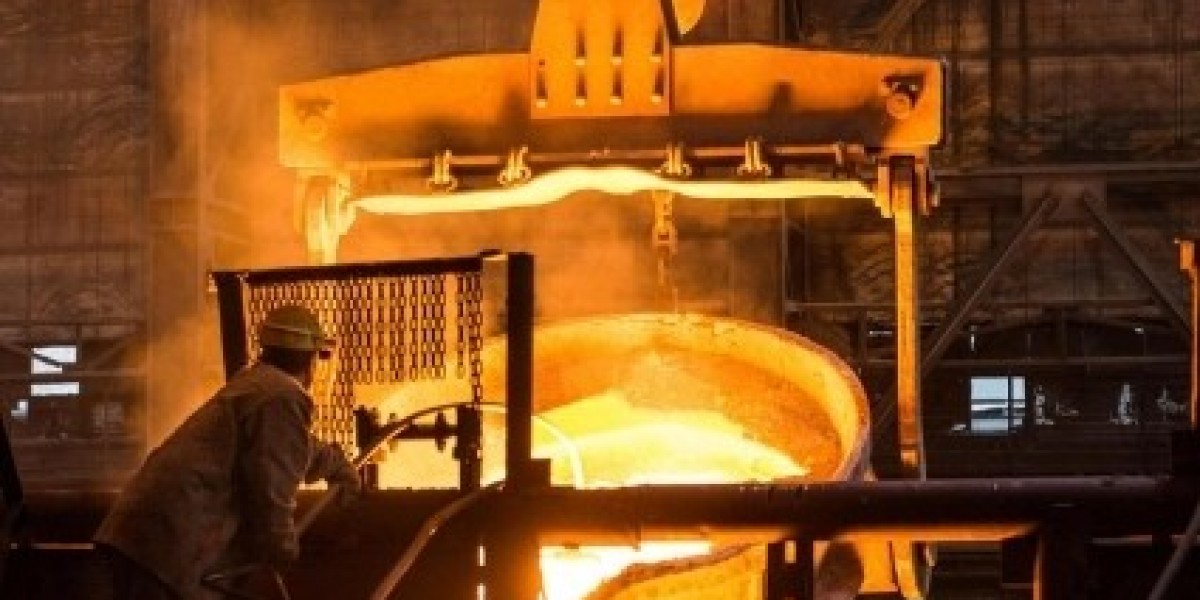Casting manufacturing is a fundamental process across various industries, enabling the production of complex shapes and components with remarkable precision. From automotive to aerospace, from art to architecture, casting plays a pivotal role. This guide aims to provide a comprehensive overview of casting manufacturing, covering its principles, techniques, materials, and applications.
Understanding Casting: Casting is a manufacturing process where a liquid material is poured into a mold cavity, allowed to solidify, and then removed to reveal the desired shape. The process can be broadly categorized into several types:
- Sand Casting: Involves creating molds using sand bonded with a mixture of clay and water.
- Investment Casting: Utilizes wax patterns that are coated with a ceramic material, then melted out to create the mold cavity.
- Die Casting: Involves forcing molten metal into a mold cavity under high pressure.
- Centrifugal Casting: Utilizes centrifugal force to distribute molten material into the mold cavity.
- Continuous Casting: A method where molten metal is continuously poured into a mold to produce long lengths of the material.
Materials Used in Casting: Various materials can be used in casting manufacturing, including metals, plastics, and ceramics. Common metals used include aluminum, iron, steel, brass, and bronze. Each material has its own set of properties, making it suitable for specific applications. For example, aluminum is lightweight and corrosion-resistant, making it ideal for aerospace and automotive components.
The Casting Process: The casting process typically involves several steps:
- Pattern Making: Creating a pattern of the desired part using wood, metal, or plastic.
- Mold Making: Making a mold cavity based on the pattern, which can be made of sand, plaster, or metal.
- Melting and Pouring: Melting the casting material and pouring it into the mold cavity.
- Cooling and Solidification: Allowing the material to cool and solidify within the mold.
- Removal and Finishing: Removing the casting from the mold, followed by finishing processes such as machining, grinding, and surface treatment.
Quality Control in Casting Manufacturing: Quality control is crucial in casting manufacturing to ensure the integrity and accuracy of the final product. This involves inspecting the raw materials, monitoring the casting process, and conducting tests on the finished parts to ensure they meet specified standards.
Applications of Casting: Casting manufacturing finds applications in a wide range of industries, including automotive, aerospace, construction, art, and jewelry making. From engine blocks to decorative sculptures, casting enables the production of intricate and complex shapes that would be difficult or impossible to achieve through other manufacturing processes.
Conclusion: casting manufacturing is a versatile and indispensable process that underpins modern industry and artistry. By understanding the principles, techniques, materials, and applications of casting, manufacturers and artisans can unlock a world of possibilities in creating high-quality, intricate, and innovative products.



